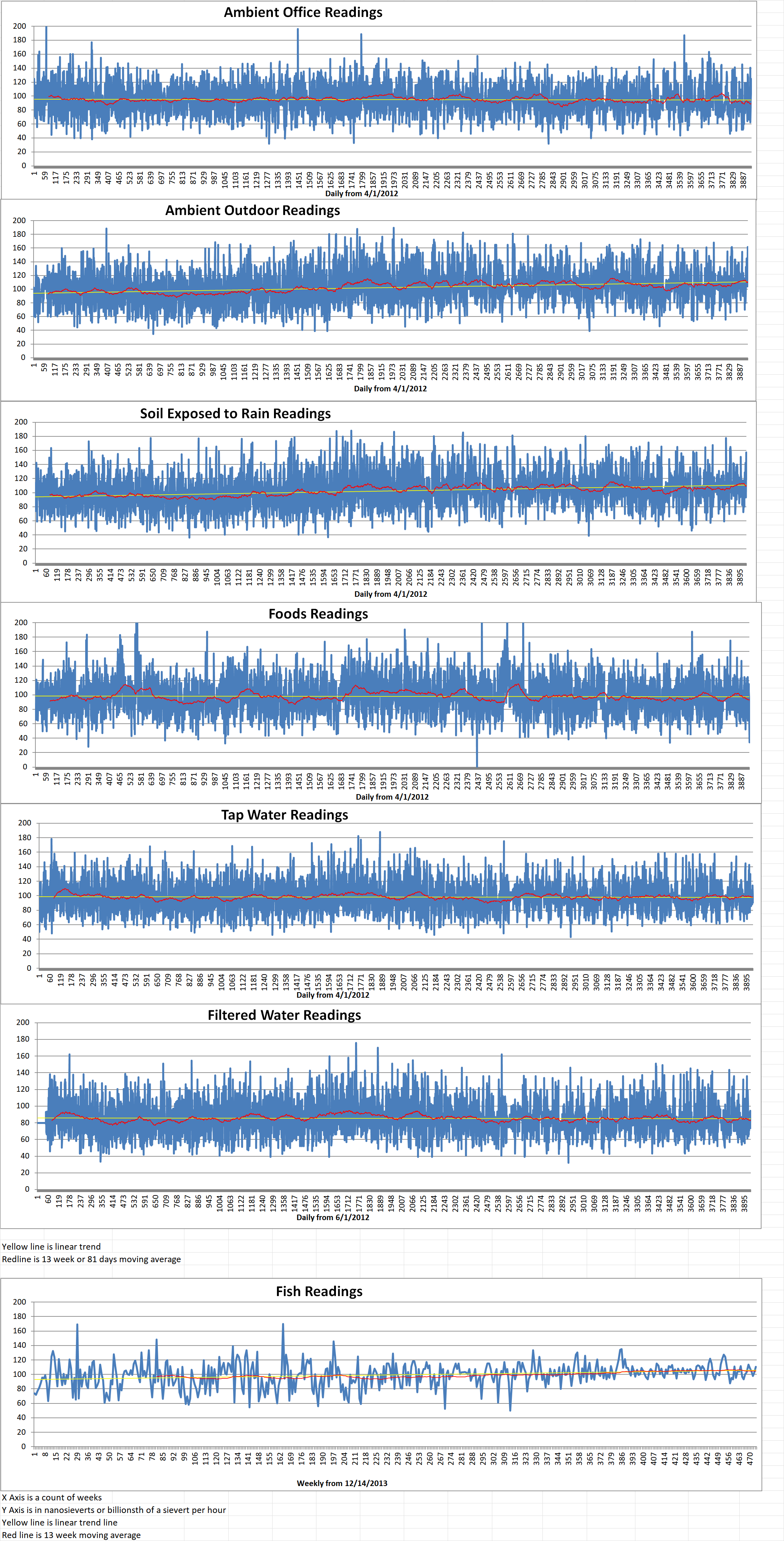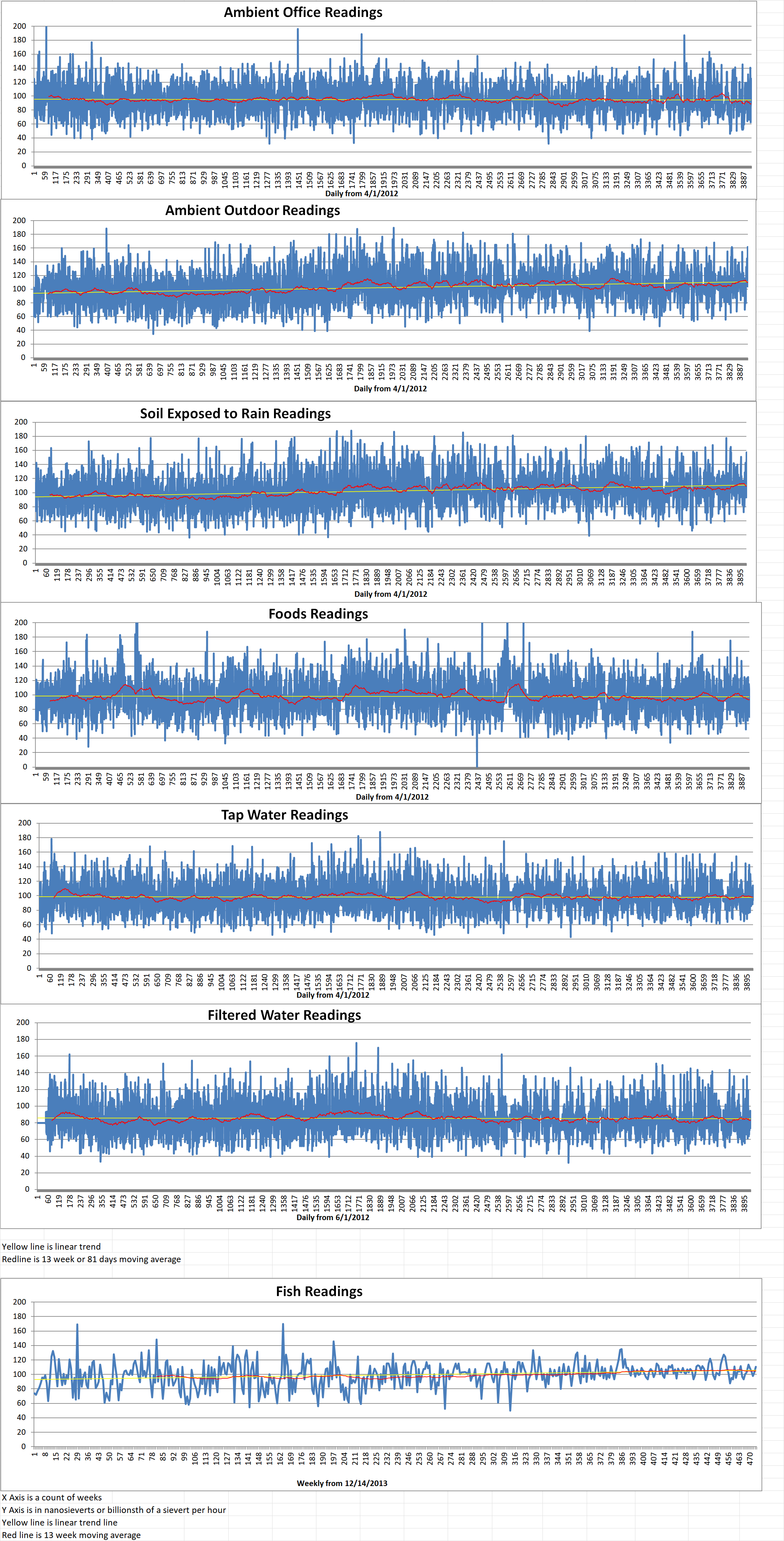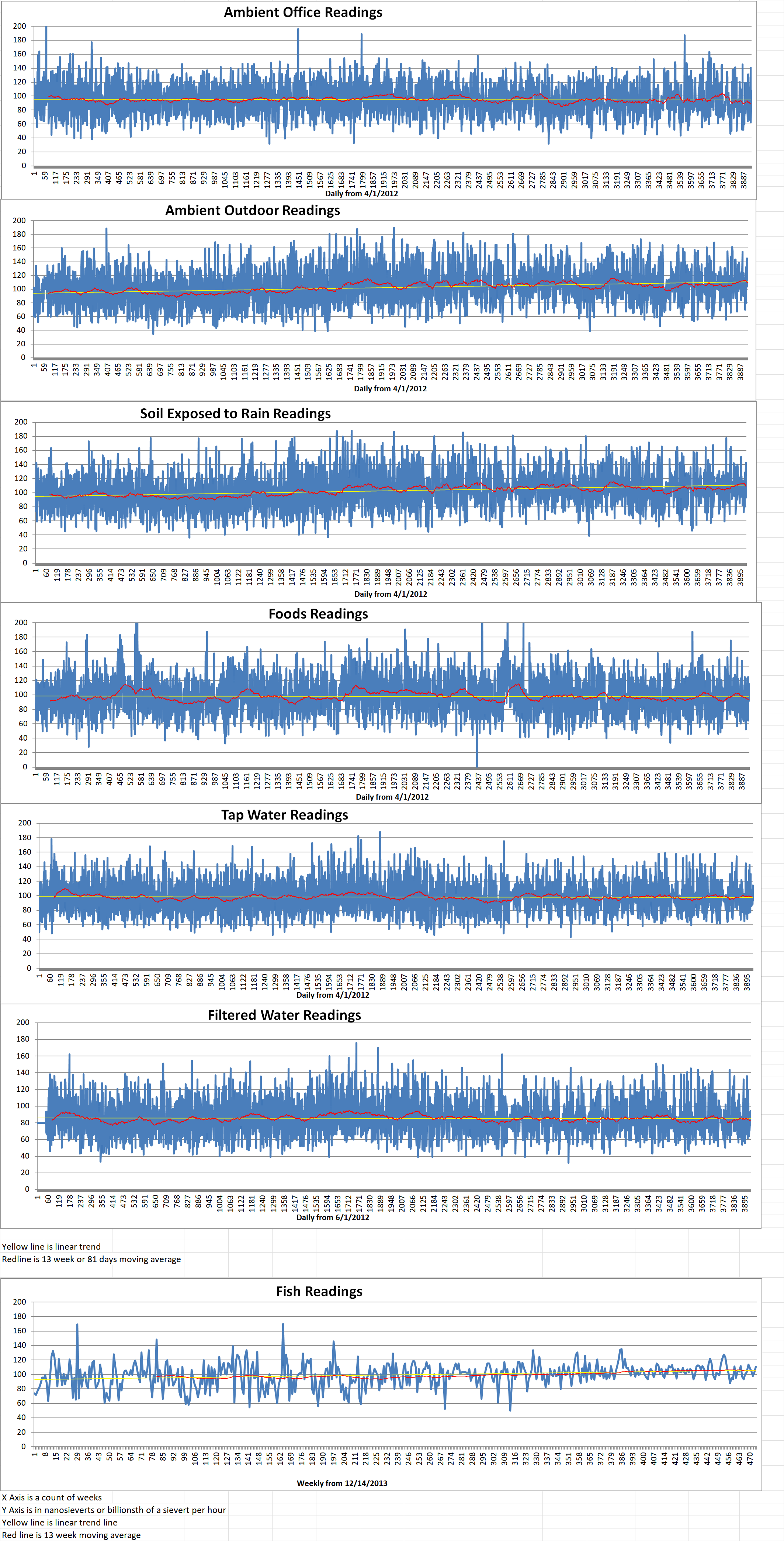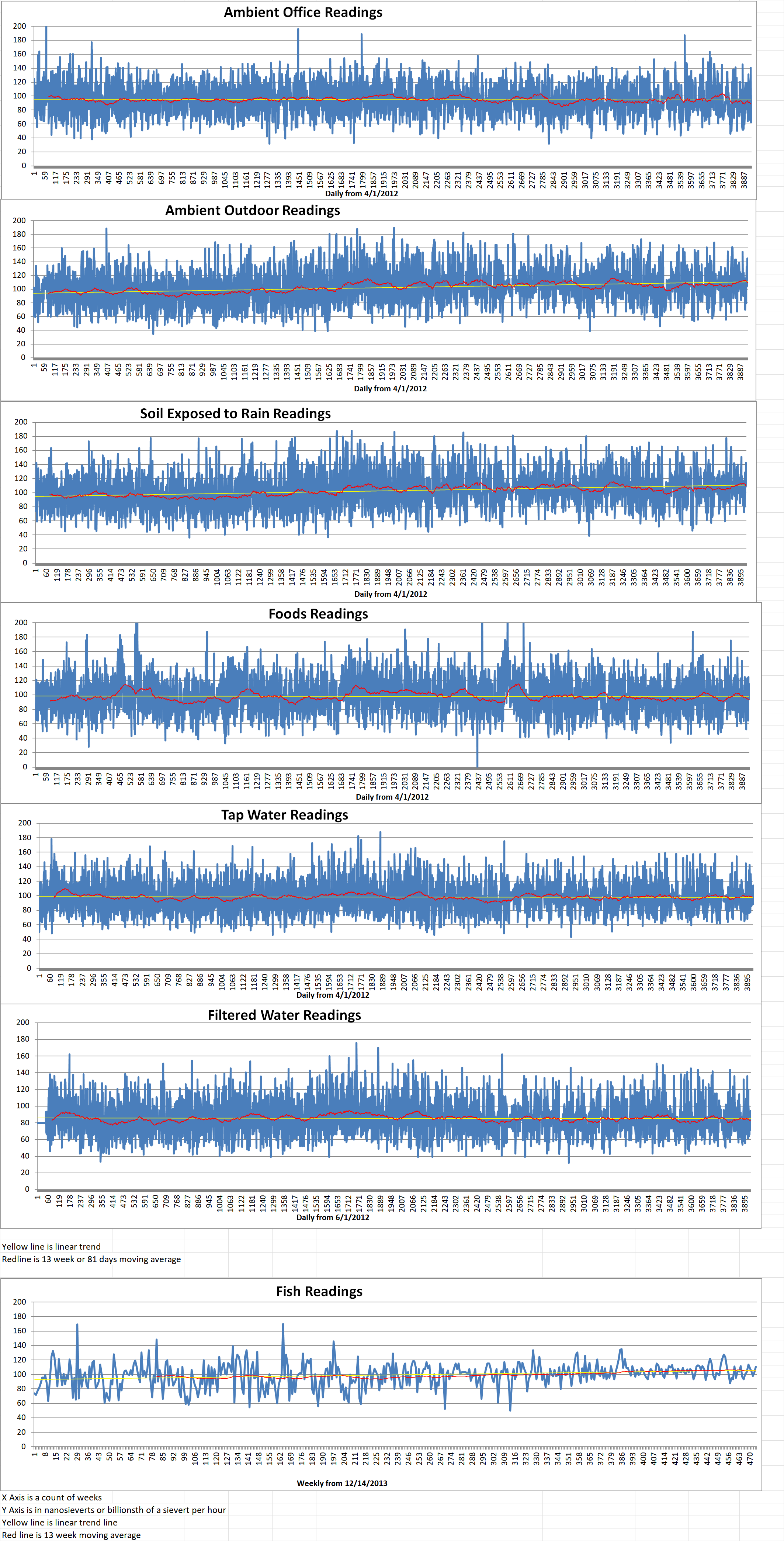Part 1 of 2 Parts
Radioactive isotopes are used extensively in the healthcare industry. The gamma radiation from radioactive isotope Cobalt-60 (Co-60) is critical to healthcare. Demand is growing rapidly and it is important to increase production to expand the supply.
Co-60 is manufactured in some nuclear reactors. It is used to sterilize about forty percent of single-use medical devices around the globe. These devices include such items as syringes, catheters, IV sets, surgical gloves and gauze that are utilized in a wide range of healthcare applications. A patient in surgery, wound care or giving a blood sample is very likely to be treated with products that have been sterilized with Co-60. This process is referred to as irradiation or radiation processing.
Other important uses for Co-60 include non-invasive treatment of cancers and brain tumors, polymer processing, food treatment and environmental applications.
The demand for Co-60 to be used for sterilization is increasing at rates never seen before. This is partially due to an increasing and aging population, greater access to health care and the development of new devices that will require sterilization. The typically reported growth rate is currently six to eight percent per year. The demand for sterilization is estimated to double over the next ten years. Some sectors such as the biopharmaceutical industry that is switching to single use systems are experiencing growth at much higher double digit rates. However, they only represent a small proportion of current sterilization demand.
In recent years, the pressure on vaccine supply has concentrated Co-60 for sterilization and, in some case, a backlog has appeared. In a recent conference titled International Meeting on Radiation Processing (IMRP20) held in November 2022, the increasing gap between sterilization capacity and demand was singled out as a highly significant concern of the healthcare industry.
Co-60 is currently produced in a small number of nuclear reactors located in Argentina, Canada, China, India and Russia. This Co-60 is manufactured into radiation sources by a few specialist manufacturers that serve the radiation processing industry. Most of the Co-60 produced in China and India and some produced in Argentine is used to supply only their local markets. This means that most of the rest of the world’s Co-60 is supplied by Canada and Russia. Most of this Co-60 is contracted to one Canadian source manufacturer.
During the time of increasing sterilization demand, there have been a few disruptions that have caused problems for Co-60 production. These include a brief period of reduced supply from one Russia reactor as well as the temporary shutdown for refurbishment of some existing Co-60 production reactors in Canada and Argentina. Reactor refurbishment is critical to extend the life of Co-60 production reactors. These initiatives will enable existing reactors to continue Co-60 production for another twenty-five to thirty years.
Some Co-60 production reactors have been permanently closed in recent years. However, a variety of initiatives have resulted in the production of Co-60 being replaced or exceeded by the production of new or refurbished reactors.
Please read Part 2 next
Blog
-

Nuclear Reactors 1200 – Rapidly Rising World Demand For Cobalt-60 Is Prompting Producers To Increase Production – Part 1 of 2 Parts
-

Geiger Readings for Apr 04, 2023
Ambient office = 122 nanosieverts per hour
Ambient outside = 120 nanosieverts per hour
Soil exposed to rain water = 119 nanosieverts per hour
Asparagus from Central Market = 34 nanosieverts per hour
Tap water = 91 nanosieverts per hour
Filter water = 83 nanosieverts per hour
-
Nuclear News Roundup Apr 04, 2023
High level of activity spotted at North Korea’s key nuclear complex English.kyodonews.com
Türkiye’s 1st nuclear plant reflects Ankara’s willingness to deepen energy ties with Moscow English.news.cn
UK looks to nuclear to bolster energy independence world-nuclear-news.org
UK assessment of Rolls-Royce SMR design progresses : Regulation & Safety – World Nuclear News (world-nuclear-news.org) world-nuclear-news.org
-

Radioactive Waste 899 – Sweden Is Expanding Its Repository for Radioactive Waste
Svensk Kärnbränslehantering AB (SKB) is Sweden’s radioactive waste management company. SKB has just submitted an application to the Radiation Safety Authority, (SSM) to extend the existing Final Repository for Short-lived Radioactive Waste (SFR) at Fosmark. Fosmark is located on the east coast of Sweden. The company has plans to expand the repository to almost three times its current size so that it can receive demolition waste from decommissioned Swedish commercial nuclear power plants.
The SKB application includes the preliminary safety analysis report (PSAR). This is a report on safety during the construction phase, system descriptions and a decommissioning plan. SKB cannot begin work to excavate rock for the extension of the SFR until SSM has approved.
Jenny Brandefelt is the project leader. She said, “The analyses are now updated with refined methods, data and calculations, while the conclusion from previous analyses remains firm: the plant is safe both during operation and after closure. It certainly feels satisfying that the updated analyses continue to show a safe facility in both the short and long-term”.
The SFR repository is situated almost two hundred feet below the bottom of the Baltic Sea. It began operations in 1988. The facility contains four five hundred- and sixty-five-foot rock vaults. It also contains a chamber cut into the bedrock with a one hundred- and sixty-five-foot concrete silo to hold the most radioactive waste. Two parallel access tunnels that are three thousand two hundred and eighty feet long provide access from the facility to the surface. The facility currently has a total final disposal capacity of about eighty-two thousand cubic yards.
Most of the short-lived waste deposited in the SFR was produced from Swedish nuclear power plants. However, radioactive waste from hospitals, veterinary medicine, research and industry are also stored in the repository.
SKB applied in December of 2014 for permission to triple the size of the repository to about twenty-three thousand five hundred cubic yards. The application was submitted to the government by the Land and Environment Court and the SSM in November of 2019. In April of 2021, the extension was approved by the municipality of Östhammar, where the repository is located. The matter was referred back to SSM and the Court following a government decision in December of 2021 to approve the extension.
SKB received an environmental permit from the Land and Environment Court for the extension in December of 2022. That permit regulates noise and transport among other things.
The plan for the extended repository will include six new rock vaults. The new vaults will be up to nine hundred feet long. The extension will be constructed at a depth of up to four hundred and sixty feet. It will be level with the current lowest part of the SFR repository.
The SFR expansion is expected to require six years to complete. In the first phase, earthworks, water treatment plants, and other infrastructure will be put in place. In the second phase, tunnelling work in the rock underground will be carried out. -
Nuclear News Roundup Apr 03, 2023
Third Egyptian reactor receives construction permit world-nuclear-news.org
Lukashenko: Russia could put intercontinental missiles in Belarus if necessary reuters.com
Mochovce 3 output increased to 55% world-nuclear-news.org
China claims to support destruction of nuclear weapons, despite ramping up production foxnews.com
-

Geiger Readings for Apr 03, 2023
Ambient office = 125 nanosieverts per hour
Ambient outside = 162 nanosieverts per hour
Soil exposed to rain water = 157 nanosieverts per hour
Tomato from Central Market = 70 nanosieverts per hour
Tap water = 100 nanosieverts per hour
Filter water = 74 nanosieverts per hour
-
Nuclear News Roundup Apr 02, 2023
New isotope-producing research reactor for Missouri world-nuclear-news.org
Fortum permitted to operate Loviisa repository longer world-nuclear-news.org
Grossi focusing on ‘realistic and viable’ plan for Zaporizhzhia world-nuclear-news.org
Putin is trying to distract with fresh nuclear threat, Western officials say politico.com
-

Geiger Readings for Apr 02, 2023
Ambient office = 108 nanosieverts per hour
Ambient outside = 104 nanosieverts per hour
Soil exposed to rain water = 93 nanosieverts per hour
Red bell pepper from Central Market = 92 nanosieverts per hour
Tap water = 94 nanosieverts per hour
Filter water = 84 nanosieverts per hour
-
Nuclear News Roundup Apr 01, 2023
Lukashenko echoes Kremlin’s nuclear threats against Ukraine news.yahoo.com
NATO sees no change in Russia’s nuclear posture except dangerous rhetoric Ukrinform.net
Putin’s nuclear saber-rattling is a sign of dangerous Russian desperation Atlanticcouncil.org
Opinion: Russia’s nuclear blackmail is a spectacular success for Putin cnn.com
-

Geiger Readings for Apr 01, 2023
Ambient outside = 123 nanosieverts per hour
Soil exposed to rain water = 123 nanosieverts per hour
English cucumbers from Central Market = 104 nanosieverts per hour
Tap water = 114 nanosieverts per hour
Filter water = 95 nanosieverts per hour
Dover Sole from Central = 110 nanosieverts per hour
